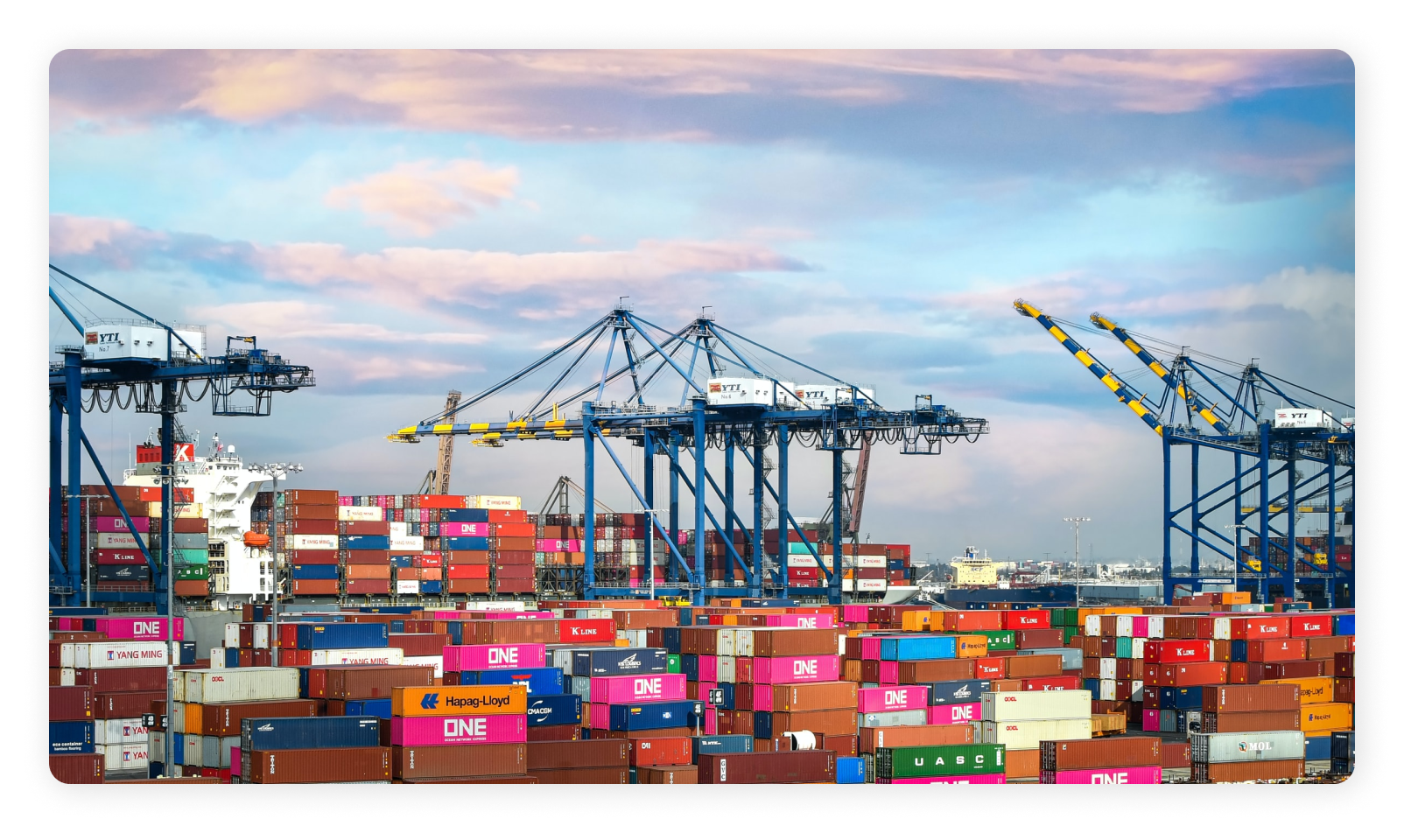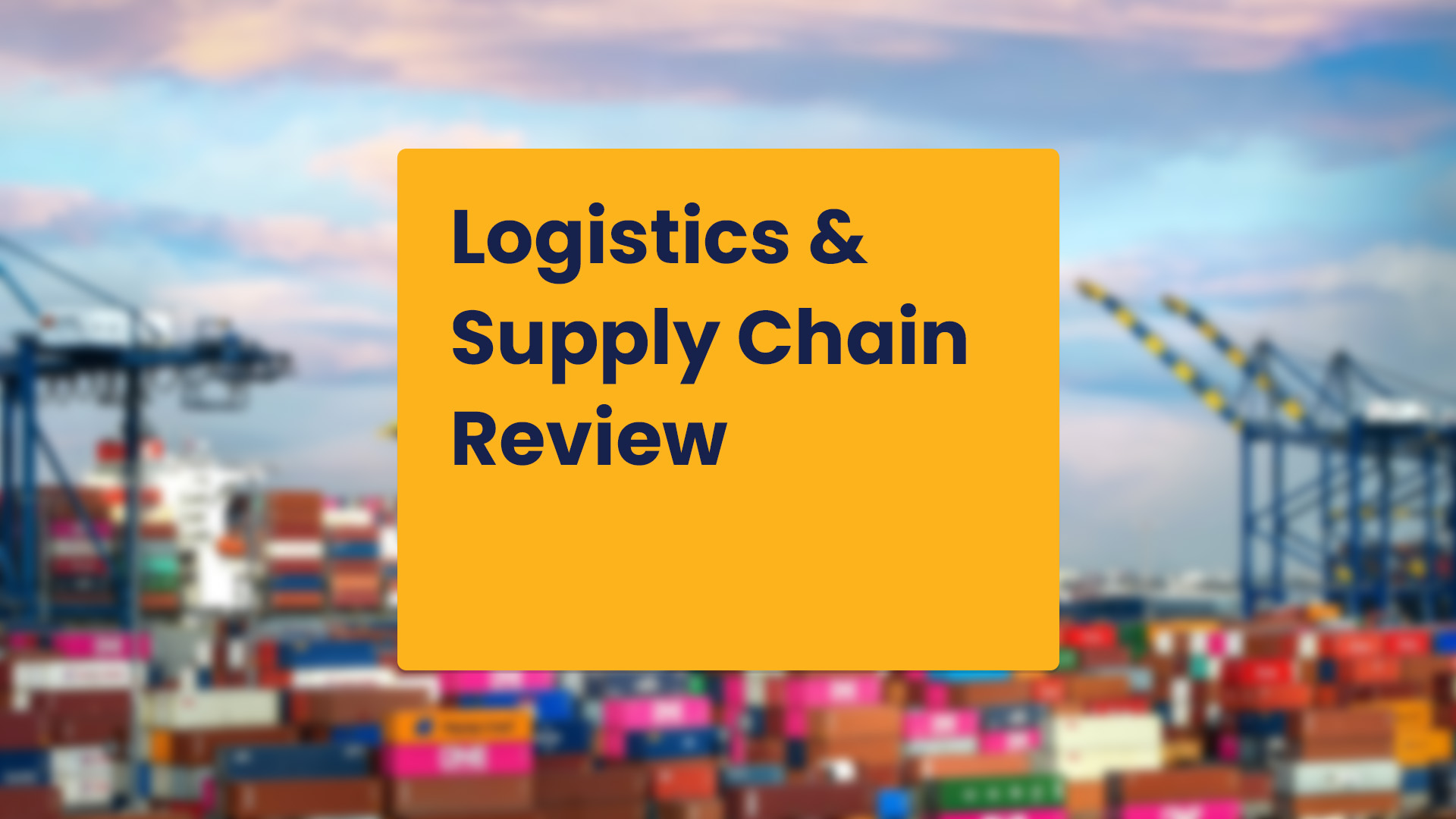Semiconductors 2025: Adapting to Technological and Geopolitical Complexities
The article "Semiconductor Trends: Risks, Tech & Global Shifts" from Manufacturing.net, published on June 3, 2025, discusses the multifaceted challenges currently confronting the semiconductor industry. Key points include:
1. Trade Restrictions and Supply Chain Disruptions: Recent U.S. tariffs and export bans have escalated tensions with China, leading to increased import costs and operational difficulties for OEMs, contract manufacturers, and EMS providers. These measures have disrupted production and distribution, particularly affecting industries like aerospace and defense that depend on legacy components.
2. Domestic Manufacturing Challenges: While tariffs aim to encourage U.S.-based semiconductor manufacturing, domestic production faces hurdles. The U.S. lacks a sufficient pool of skilled workers due to decades of offshoring, and new facilities, such as TSMC's Arizona plant, have encountered delays. Moreover, these new fabs often focus on advanced chips, whereas many industries still require legacy chips, which are not the primary output of these facilities.
3. Labor Shortages: The push for domestic manufacturing has intensified demand for semiconductor engineers and technicians, leading to labor shortages that impact production timelines and costs. Despite advancements in automation, skilled workers are essential for programming and maintaining sophisticated equipment.
4. Need for Industry Collaboration: To navigate these challenges, the article emphasizes the importance of collaboration across the semiconductor ecosystem. Companies must work together to mitigate risks, adapt to technological and geopolitical shifts, and ensure long-term sustainability.
In summary, the semiconductor industry is at a critical juncture, facing significant disruptions from trade policies, labor shortages, and the complexities of transitioning to domestic manufacturing. Addressing these issues requires strategic collaboration and adaptability to maintain resilience in a rapidly evolving global landscape.
Rising Demand for Safe and Compliant Storage Drives Chemical Warehousing Market to US$22.1 Billion by 2031 at 3.8% CAGR | TMR Insights
The article titled "Rising Demand for Safe and Compliant Storage Drives Chemical Warehousing Market to US$22.1 Billion by 2031 at 3.8% CAGR" from openPR, published on May 15, 2025, discusses the projected growth and key drivers of the global chemical warehousing market.
Market Overview:
-
Projected Growth: The global chemical warehousing market, valued at US$15.3 billion in 2021, is expected to reach US$22.1 billion by 2031, growing at a compound annual growth rate (CAGR) of 3.8% from 2022 to 2031.
-
Specialty Chemicals Dominance: In 2021, specialty chemicals accounted for 68% of the market share, driven by their high-value applications in sectors like pharmaceuticals and electronics.
Key Growth Drivers:
-
Increasing Global Chemical Production: The global chemical industry, valued at US$3.08 trillion in 2023, is experiencing rising demand, particularly for agrochemicals and petrochemicals. This surge necessitates specialized storage solutions for hazardous materials, including flammable liquids like ethanol.
-
Rise of Third-Party Logistics (3PL) Providers: Companies such as Odyssey Logistics and Univar Solutions, handling 60% of chemical warehousing services, offer expertise in hazardous material storage, reducing operational risks. Approximately 30% of chemical companies outsource to 3PLs, enhancing efficiency and safety.
-
Stringent Regulatory Compliance: Global standards, including OSHA and EU REACH, mandate secure storage practices. Compliance with these regulations has increased demand for compliant facilities by 20%, particularly in sectors like fast-moving consumer goods (FMCG) that rely on specialty chemicals.
-
E-commerce Growth: The expansion of e-commerce, with chemical sales projected to reach US$80 billion by 2025, is bolstering demand for efficient distribution logistics and warehousing solutions.
Leading Companies in the Market:
-
Odyssey Logistics & Technology Corporation
-
Univar Solutions
-
BRENNTAG
-
Warehouse Specialists Inc.
-
Rinchem
-
Anchor 3PL
-
KEMITO
-
Commonwealth Inc.
-
Broekman Logistics
-
Affiliated Warehouse Companies
-
ALFRED TALKE GmbH & Co. KG
-
Deutsche Post DHL Group
In summary, the chemical warehousing market is poised for significant growth, driven by increased chemical production, the rise of 3PL providers, stringent regulatory requirements, and the expansion of e-commerce. These factors collectively underscore the critical role of safe and compliant storage solutions in supporting global supply chains.

Port of Los Angeles Commits $240M to Zero-Emission Trucking as Part of Clean Freight Future
The Port of Los Angeles has reaffirmed its commitment to environmental sustainability by extending its $240 million Clean Truck Fund (CTF) initiative through June 2028. This program aims to transition the port's drayage truck fleet to zero-emission vehicles (ZEVs), including electric and hydrogen-powered trucks, in alignment with California's mandate for all port-serving trucks to be zero-emission by 2035.
Key Highlights:
-
Funding Mechanism: The CTF is financed through a surcharge of $10 to $20 on each loaded container transported by diesel-powered drayage trucks. Since its inception in April 2022, the fund has accrued approximately $123 million, with $93 million already allocated toward ZEV purchases and infrastructure development. An additional $120 million is projected to be raised by mid-2028.
-
Incentive Programs: The port offers vouchers to offset the higher upfront costs of ZEVs, making them more accessible to small and independent trucking operators. These incentives also support the construction of necessary charging and fueling infrastructure.
-
Current Progress: As of now, nearly 550 zero-emission trucks are operational at the Ports of Los Angeles and Long Beach, many acquired through CTF vouchers and other incentive programs.
This initiative not only addresses climate change by reducing greenhouse gas emissions but also aims to improve air quality for communities surrounding the port, demonstrating a comprehensive approach to environmental and public health challenges.
Get more articles like this in your inbox
Sign up for our monthly newsletter
Find more articles
More from Rinchem
Weekly Global Logistics & Supply Chain Review | December 3, 2025

Weekly Global Logistics & Supply Chain Review | November 26, 2025

Weekly Global Logistics & Supply Chain Review | November 19, 2025

Weekly Global Logistics & Supply Chain Review | November 12, 2025

